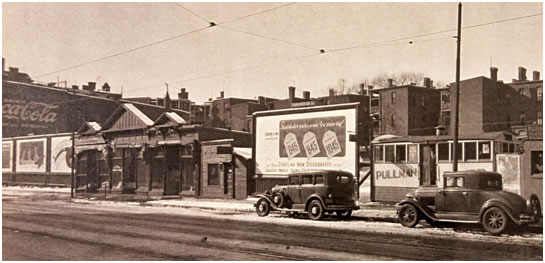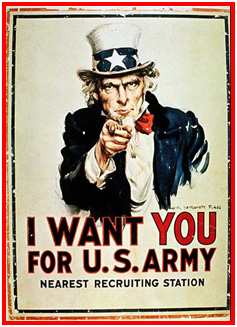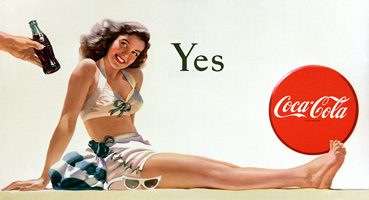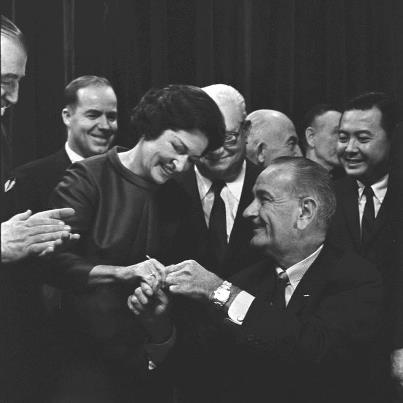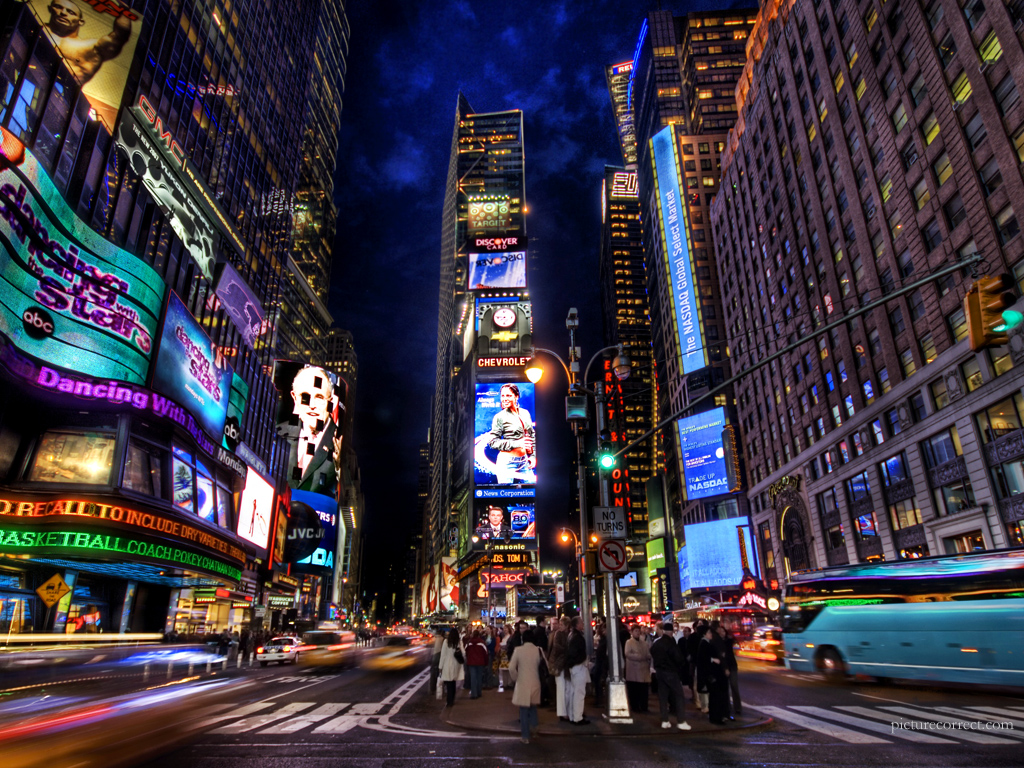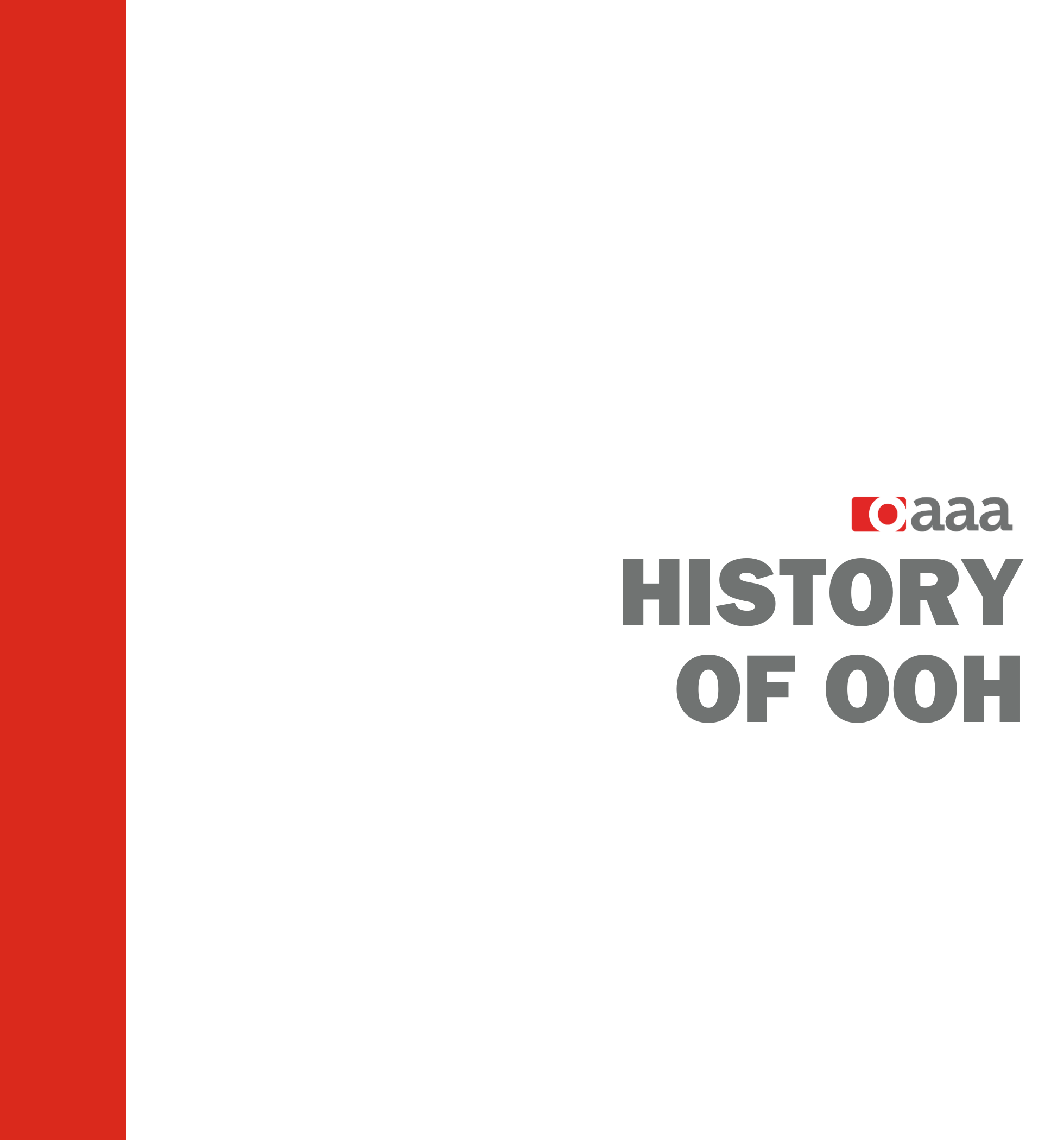
OOH advertising can trace its lineage back to the earliest civilizations. Thousands of years ago, the Egyptians employed tall stone obelisks to publicize laws and treaties. While modes of advertising have changed over the centuries, OOH advertising is still a relevant form of communication today.
The Early Years
In 1450, Johannes Gutenberg invented movable type printing, and advertising in the modern era was launched in the form of the handbill. The lithographic process was perfected in 1796 which gave rise to the illustrated poster.
Gradually, measures were taken to ensure exposure to posters was sustained for fixed periods of time. This led to bill posters erecting their own structures in order to offer more desirable locations where vehicular and pedestrian traffic was heaviest.
1830’s: The Origin of US Billboards
In the beginning, American roadside advertising was generally local. Merchants painted signs or glued posters on walls and fences to notify the passersby that their establishments up the road sold horse blankets, rheumatism pills, and other useful items.
The large format American poster (measuring more than 50 square feet) originated in New York when Jared Bell began printing circus posters 1835.
In 1850, exterior advertising was first used on street railways.
1860’s: The Establishment of an American Industry
The earliest recorded leasings of billboard occurred in 1867.
By 1870 nearly 300 small sign-painting and bill posting companies were in operation.
In 1872, the International Bill Posters’ Association of North America was formed in St. Louis.
1890’s: A National Association is Formed
In 1891 the Associated Bill Posters’ Association of the US and Canada was formed in Chicago. The name was later changed to the Outdoor Advertising Association of America (OAAA). The stated purpose of the association was to promote a greater understanding of the poster medium, provide an expanded nationwide organization for coordinating the services offered by member companies, and to address the ethical concerns of early industry leaders.
Michigan formed the first state bill posters association in 1871, followed by Indiana, New York, Minnesota, Ohio and Wisconsin, all of which had active state associations by 1891.
1900’s: Standardization
In 1900, a standardized billboard structure was established in America, and ushered in a boom in national billboard campaigns. Confident that the same ad would fit billboards from coast to coast, big advertisers like Palmolive, Kellogg, and Coca-Cola began mass-producing billboards as part of a national marketing effort.
By 1912, standardized services were available to national advertisers in nearly every major urban center.
In 1913, the industry association established an education committee which served to encourage members to donate public service advertising. The practice of filling “open boards” with public service messages has continued to this day.
During periods of war, the industry has responded by supporting war efforts. In peacetime, public service advertising has supported causes that improve society.
The National Outdoor Advertising Bureau (NOAB) was formed in 1915 to serve the needs of advertising agencies and to regularly inspect billboards in the field.
In 1931 Outdoor Advertising, Inc. (OAI) was established to promote outdoor advertising. It later merged with OAAA. In the same year, Coca-Cola’s holiday’s billboard campaign featured what became the contemporary interpretation of Santa Claus.
The Mid-Twentieth Century
In 1925 the Poster Advertising Association and the Painted Outdoor Advertising Association joined to become the Outdoor Advertising Association of America (OAAA) combining the interests of posters and bulletins into one association.
In 1925 the first major merger of outdoor advertising assets took place. The Fulton Group and the Cusack Co. combined to become the General Outdoor Advertising Company (GOA).
In the mid-twenties, the first outdoor advertising company was listed on the New York Stock Exchange.
In February 1934, the industry established the Traffic Audit Bureau or Media Measurement (TAB) to provide advertisers with third party data about outdoor advertising audiences.
In 1942, OAAA introduces the OBIE Awards. The Coca-Cola “Yes Girl” design wins the first Best of Show Award.
In 1958, Congress passed the first federal legislation to voluntarily control billboards along interstate highways. The law was known as the Bonus Act because states were given bonus incentives to control signs.
In 1962, French outdoor company JCDecaux introduced the bus shelter. A popular outdoor venue since its debut, bus shelters are built at no cost to municipalities and rely on ad revenue for their upkeep.
On October 22, 1965 the Highway Beautification Act was signed into law by President Lyndon B. Johnson. It controlled billboards on interstate and federal-aid primary highways by limiting billboards to commercial and industrial areas and by requiring states to set size, lighting and spacing standards and requiring just compensation for removal of lawfully erected signs.
In 1972, tobacco advertising was banned on broadcast media leaving print and outdoor as its most popular advertising venues.
In 1975, the Outdoor Advertising, Inc. (OAI) developed a campaign to measure billboards effectiveness. The concept featured Shirley Cochran, the newly crowned Miss America, on billboards that were displayed across the country. Her name recognition soared 940 percent after the campaign launched.
Also in the 1970’s a group of billboard companies commissioned studies at MIT for the painting of bulletins by computer. This ultimately led to computerized painting on vinyl substrates.
In 1983, the industry appealed a San Diego anti-billboard ordinance all the way to the US Supreme Court. The court found the ordinance unconstitutional.
1990’s to the Present
OOH companies offer an increasingly diverse selection of advertising formats including: billboards, street furniture, transit, alternative media, cinema, and digital place-based screens.
In 1990, OAAA members agree to limit placement of messages that advertise products and services that cannot be sold to minors.
In 1991, OAAA celebrated its Centennial Convention in Washington, DC
In 1994, the Institute of Outdoor Advertising, Inc. (OAI) merges with OAAA.
In 1999, an agreement between major tobacco companies and state attorneys general prohibited tobacco advertising on OOH structures.
In 2000, OAAA introduced the Out of Home Media Plan Awards. The Lloyd’s Barbeque Company wins the first Out of Home Media Plan Award.
In 2001, the OAAA Convention scheduled to begin on September 11 in New York was cancelled as a result of the terrorist attacks that day. This marked the first time an OAAA convention had been cancelled.
In 2002, Arbitron and Nielsen began testing the feasibility of developing outdoor ratings.
In 2003, OAAA and TAB joined together to host the first combined Convention.
In 2005, the first digital billboards were installed.
In 2008, OAAA launched the Committee to Address Responsible Environmental Solutions (CARES)
In 2010, OAAA and TAB joined together permanently to host an annual combined conference. Also that year, TAB launched OOH Ratings. In 2011, OAAA celebrated its 120th anniversary.
In 2012, the OOH industry launched a new brand position focused on innovation, ubiquity, and creative impact.
In 2019, OAAA changed its name to the Out of Home Advertising Association of America (OAAA) to reflect the expanded role and scope of the association in representing the entire OOH industry.
Published: September 1, 2022


